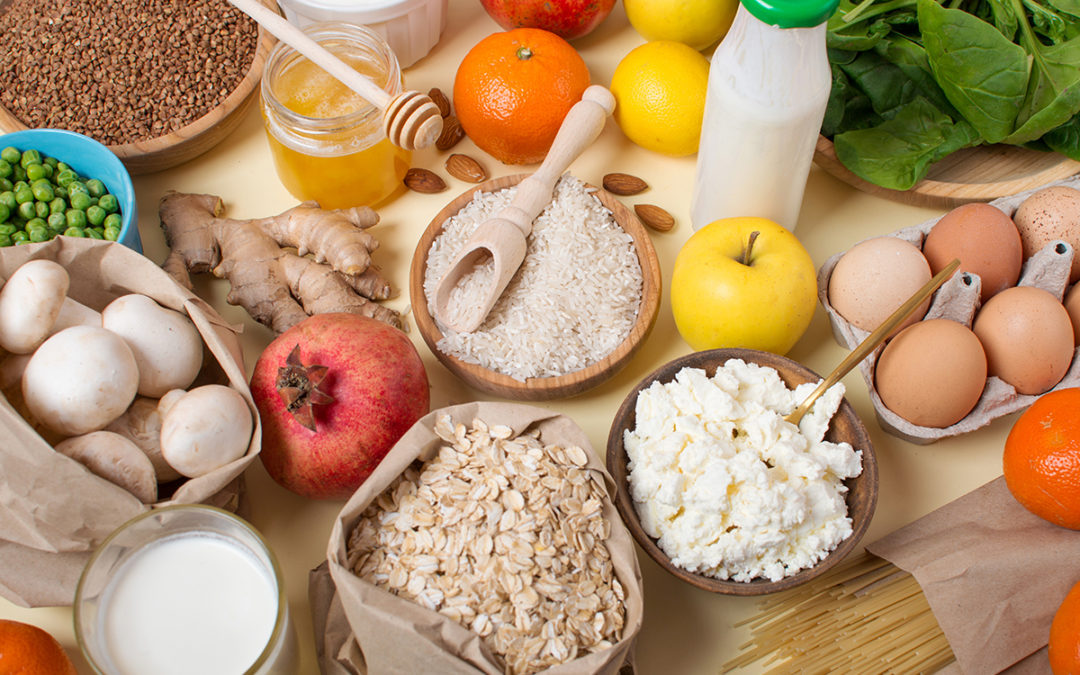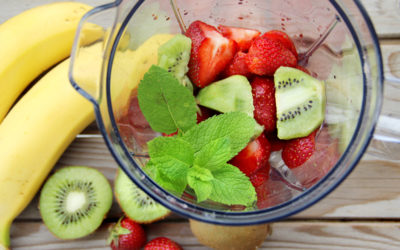Often, when a food is puréed down, the surface area becomes increased. This means that what might only be one portion of chicken then becomes two potions and nutrition is then lost per serving.
This can pose a problem when catering for someone on a puréed diet. Meaning that calories, and protein especially, can be lost. When this happens, we then need to consider how we will fortify to replace the lost nutrients and avoid malnutrition.
This is where using calorie-rich foods to boost the meal, and techniques to enhance flavour and texture, become a big part of creating a good puréed meal.
Here are some tips on how to fortify puréed foods ensuring nutrition is maintained:
Protein
Meat and meat substitutes are highly important sources of protein, which are necessary for the building and repair of body tissue. Also, bean pulp, eggs, fish and tofu are important protein sources. Try to include protein with every meal and snack.
When cooking meat, always use a stock or a gravy to flavour and boost calories. For fish use a fish sauce, for example a white sauce or parsley sauce.
Other protein-rich choices that purée well can be pureed egg mayo, tuna mayo, hummus or other bean dips and nut butters.
Nuts like cashew nuts can be skilfully added into a white meat or fish purée to increase calories and protein.
Nutrients from fruits and vegetables
Fruits and vegetables are an important part of any diet as they provide vitamins and minerals. These become even more essential when a person is on a potentially restrictive diet such as a purée diet.
You should aim to include five to nine+ fruits and vegetables per day. With your fruits you can add honey or cream to help increase calories.
Most fruits are east to purée and add into yoghurts, desserts, breakfast options or on their own.
To increase the calories in your vegetables, purée them in heavy cream and add butter or oil to boost calories.
Using carbs for energy
Having enough carbohydrate in the diet means that the body won’t use fat and muscle for fuel; it also helps us to feel more alert and focused and can help with sleeping better at night.
Blending foods such as breads and ground rice, pastas, pancakes, cakes, desserts and some cereals can be a great way to add calories. Using root vegetables such as carrots, sweet potato, white potato, squash and swede, blended down with butter, can add in fibre, vitamins and energy to a recipe.
Boost calories with dairy
Dairy foods act as a calorie booster for puréed meals. Using milk as a liquid base instead of water when puréeing helps increase calories. A calorie-rich puréed diet can include two to three servings of dairy food a day. One serving of dairy is equal to one cup of milk or yogurt. Use full-fat dairy foods to maximise calories in every bite. In addition to milk, strained yogurt, cottage cheese and cheese sauces also make good choices.
Some people are unable to tolerate too much dairy in the diet, so using dairy-free milks, creams, cream cheeses and butters also work.
Other calorie boosters for a puréed diet
Non-fat dried milk powder can be added to hot cereal, soup, mashed potatoes and yogurt.
Oil, such as olive or vegetable oil, has 50 calories per teaspoon and is good for cooking meats and vegetables.
You can also add avocado to puréed vegetables or grains to increase calories.
Using spices and different stocks can be a big help in boosting flavour!
Whatever you choose to do, make sure you try as you go along. And if you are preparing food for someone else, make it to their liking – but make sure you taste it and keep improving the flavour.



